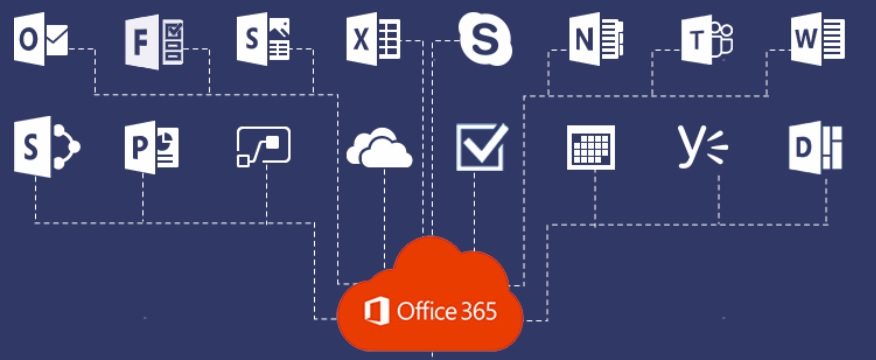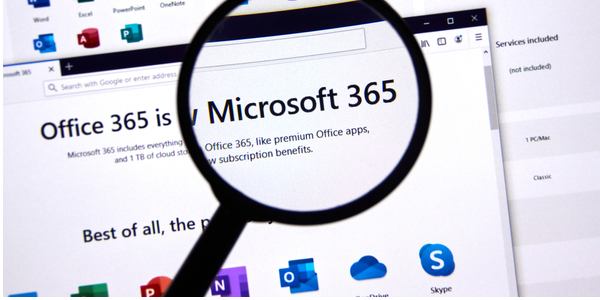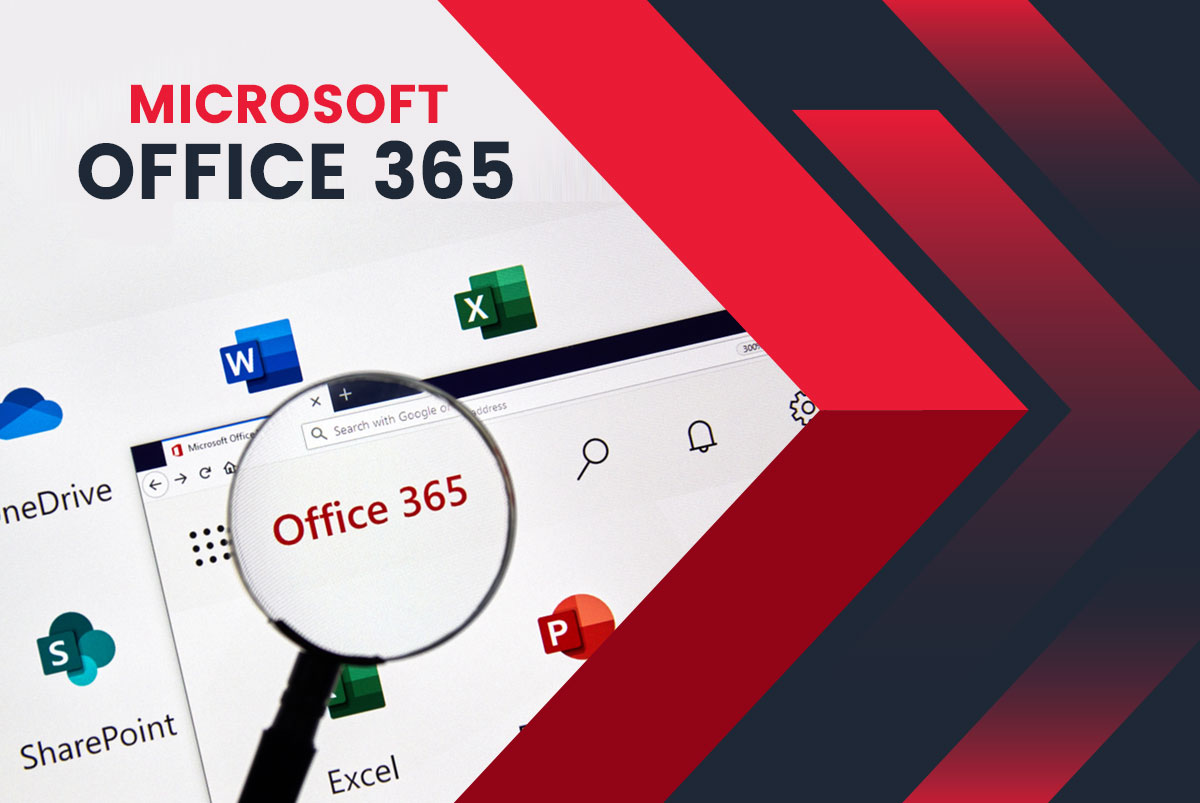Implementing and adopting SharePoint can prove to be a very expensive affair – and you are likely to end up paying a several times the actual price of the original software license. How? That’s because you also pay for consultation, employee training, and customizations for SharePoint, when you purchase and deploy it. There is considerable time and money being spent on migrating to SharePoint; which makes it a put-off for businesses to make the transition to Office 365 and face further problems in migrations.

First, we will take a look at a few common problems faced during office 365 migration. They are:
- Health issues with active directory
- Unorganized content can slow down the migration
- Lack of adequate space for data storage
- Risk of file corruption or getting deployed in wrong locations
- Loss of previously defined metadata
- Sharing the same multi-tenant server with several other businesses can be worrisome
- Lack of adequate bandwidth
Read Also Office 365 Migration: Why it is Important to Have Your Employees in the Loop from the Beginning
The last, and the focus of this article – migrating customizations. This can necessitate manual intervention at numerous stages.
Both SharePoint and Office 365 are centrally managed by Microsoft, which means we don’t have a great deal of control over the code the platform runs on as you would over the on-premise platform code. This means that you may not be able to migrate many of the SharePoint customizations in their current form. Most likely, you’ve already spent significantly on those very customizations; if you cannot use them in the cloud, then it will seem like a total waste – and not wrongly so.
Additionally, it’s possible that most of your employees depend on SharePoint customizations that you implemented; office 365 migration could frustrate them as they will have to leave those aside and adopt to the new system.
Now the question you’re likely to ask is whether Office 365 migration means the automatic loss of all SharePoint customizations. The answer is not really; because you can migrate certain customizations, while some you cannot. Let’s take a look at what you can and cannot do.
Problems in Microsoft Office 365 migration
There are a few SharePoint customizations that just cannot be migrated to Office 365, and if these stay undiscovered, you can expect issues to popup during the migration. Anything that make critical changes to the SharePoint fundamental code, cannot be migrated. Microsoft is unable to permit you to alter this code in SharePoint online as it will impact the overarching experience of every business that makes use of this tool. Similarly, SharePoint forbids the migration of customizations that use the SharePoint Object Model or compiled code – that is .DLL, .EXE, .WSP files, and so on.
So Now We Come to the Question, what SharePoint Customizations can you Migrate?

It is simple – everything that doesn’t fall into the above-mentioned categories, and doesn’t affect the basic SharePoint code. This includes
- JavaScript and other client-side code that is executed in the browser
- Web parts or widgets that do not necessitate compiled code
- Sandboxed solutions that comprise only declarative scripts, data models, etc
- Various low/no-code customizations to look and feel
Ergo, you can still migrate several customizations to Office365. Then again, it may not be either wise or necessary to migrate every customization you implemented; consider if its really necessary, to migrate, and if any alternatives are available.
Read Also Why Outsourcing is the Best Solution for Tenant-to-Tenant Office 365 Migration Challenges
Develop a Strategy for Office365 migration
It is essential to have a proper strategy in place for migrating SharePoint customizations, and it should include an assessment of their current use, any problems they are causing, who is suing them, and if any better alternatives are possible, which could be a better fit for SharePoint online and its approach and structure.
Here are some things you need to do – like premigration checks, if you will:
- Study custom codes applied to SharePoint servers and see if they are compatible with SharePoint online
- Are the current web parts on the server available on SharePoint online?
- Check if file names and URLS are within the prescribed limit of 256 characters
- How many files need to be migrated? What is their structure in the document library?
- What is the total data size to be migrated to SharePoint online for the space that has been assigned?
Make a List
The first step is analyzing all SharePoint customizations you have in your system as of now. It is quite likely that you don’t remember offhand, all the customizations that were implemented. Making a list of all the customizations along with its users, and check if its code puts it in the ‘ok to migrate’ category. Once you have the full inventory, pare the list, and decide on the customizations you want to migrate to the new system. Those deployments that are not used enough or are not capable of being migrated should be deleted from the list.
Search for alternatives for those customizations in the play store. There are tools available that make this task of creating an inventory and usage a breeze. You may even be able to see an in-depth analysis of the farm solutions along with their dependencies and artifacts.
Modify the Code
It may happen that there are a few full trust solutions that you absolutely need to migrate. In such a case, you need to alter the code, and transform them for a contemporary customization approach. You can decide to either alter the code completely or implement it differently. Code transformation will enable you to retain the most essential deployments. An effective migration assessment tool can help you with easy access to artifacts you require.
Execute
The last step is to deploy the SharePoint customizations in your new system. You need to determine where exactly these customizations will be implemented, as well as to understand the manner of their interaction with SharePoint online, to prevent problems in Office 365 migration.
Top challenges when migrating SharePoint to Office 365
-
Difficulty in transitioning
Among the top Office 365 migration issues are the transitioning process. Migrating files from SharePoint to Office 365 can be a tedious task. For example, Excel worksheets. If the sheet is linked to other legacy environments, it will not be updated post-migration.
Solution: You must set realistic expectations since everyone has a learning ground. Previous versions may not currently exist. Hence, do your best to reduce the confusion by providing finer details such as the source location of the files, file name, etc.
-
Hybrid solutions
SharePoint to Office 365 migration may be a simple process. However, some organizations wish to retain a few aspects of their previous systems. Hence, there is a need for hybrid solutions.
Solution: With a single sign-on through the Active Directory Federation Services, users can receive the best of both worlds.
-
Valid security concerns
Moving data to the cloud presents some valid security concerns. One such concern is attempts to steal confidential data.
Solution: Leverage all of Microsoft’s security features to ward off such attacks.
-
Low bandwidth issues
Some organizations do not have unlimited bandwidth like bigger market players. It can frustrate users when the migration process takes place.
Solution: Use migration tools. These tools import your data to Office 365 in parts. Post-migration, the data will be safely stacked in Office 365.
-
Consolidating emails
Migrating to Office 365 requires users to give up their previous email platforms. Furthermore, Office 365 imposes many limitations, such as restricting email attachments to 25MB only. This leaves employees frustrated.
Solution: Introduce file-sharing process in SharePoint to enable them to send large file attachments easily.
To Sum Up
After investing heavily in building SharePoint customizations that your employees are familiar with, simply leaving it out can be quite exasperating. However, with careful planning and execution, and using the right tools, you can successfully migrate your deployments to the cloud. To ensure a successful migration, outsource office 365 migration services to an experienced and reliable service provider like FlatworldEDGE. We have the expertise and the resources to perform smooth, hassle-free Office 365 migration with minimal business disruption, and can help you retain your most essential customizations, or find appropriate alternatives, so that you can carry on with business as usual.




